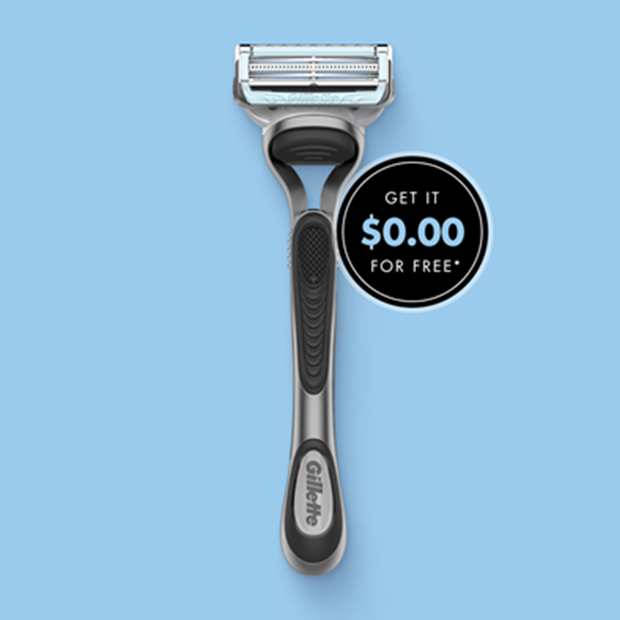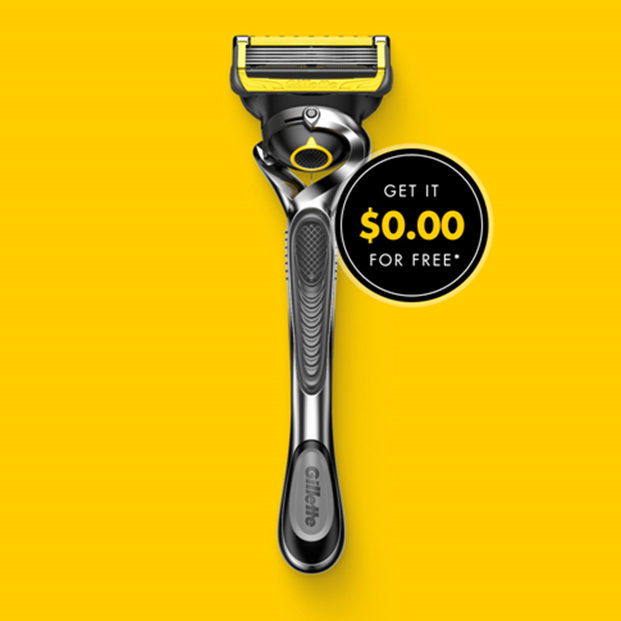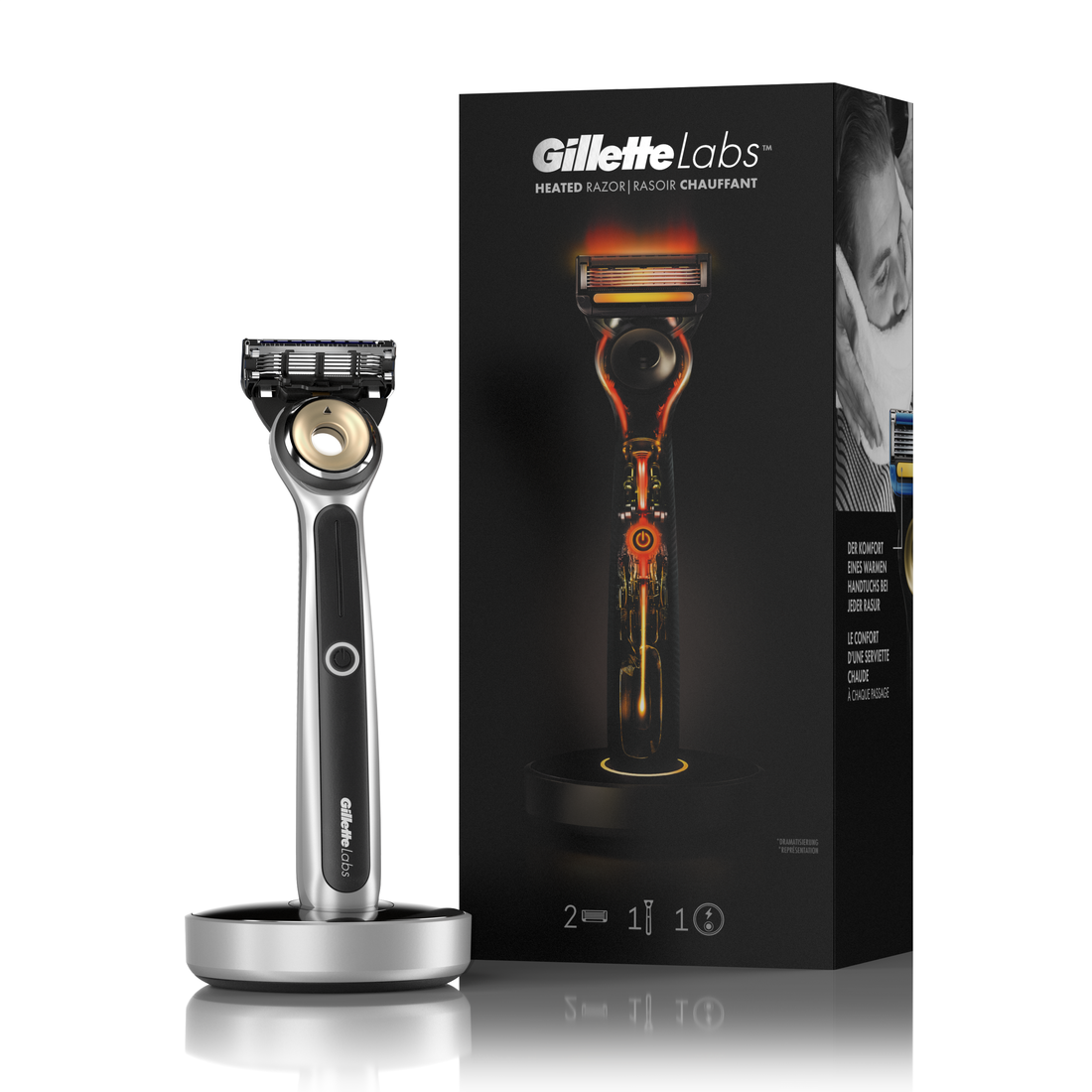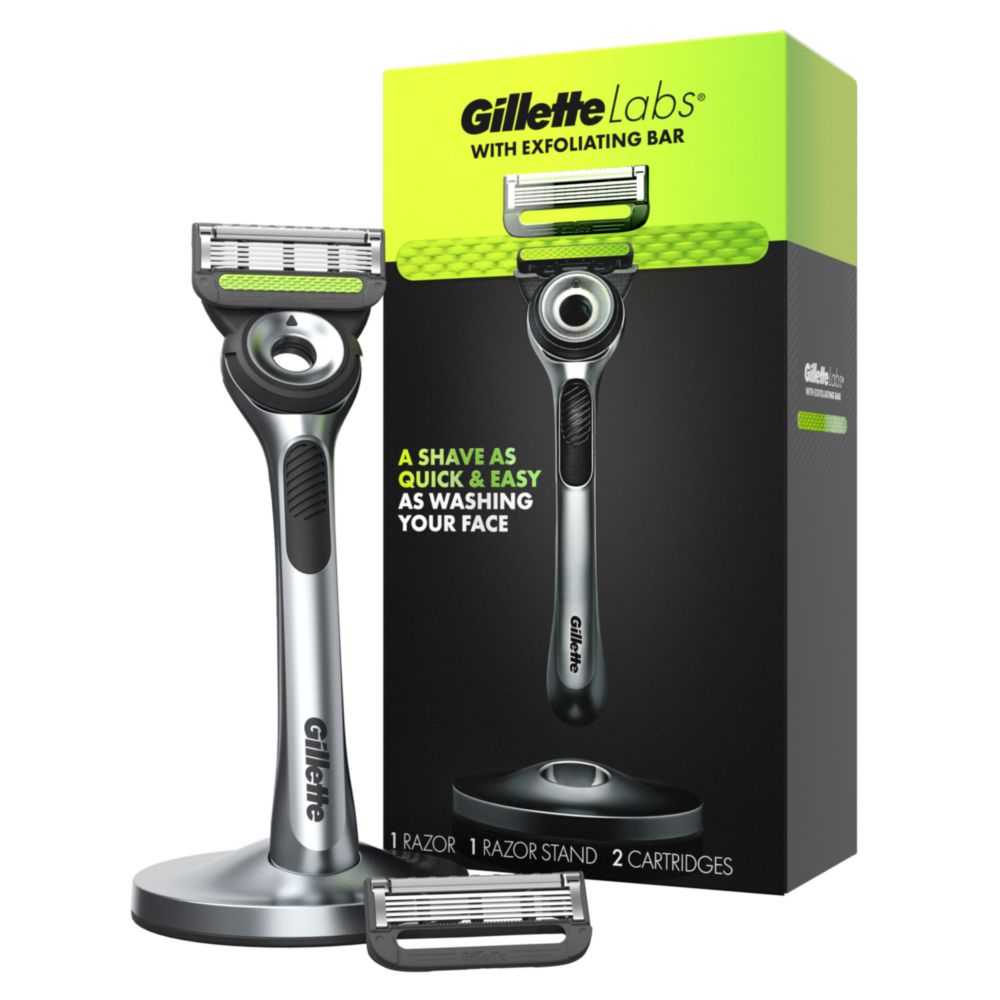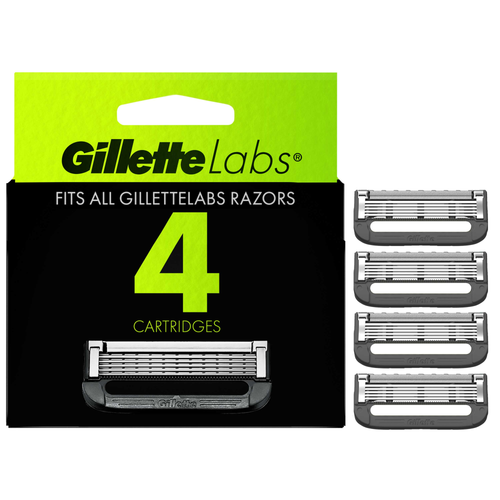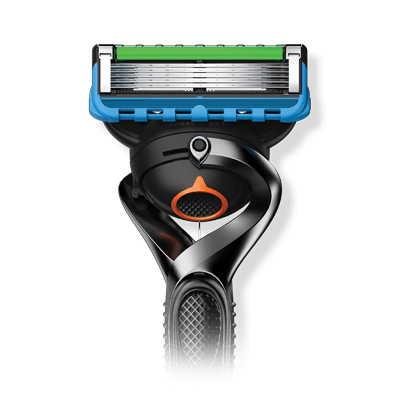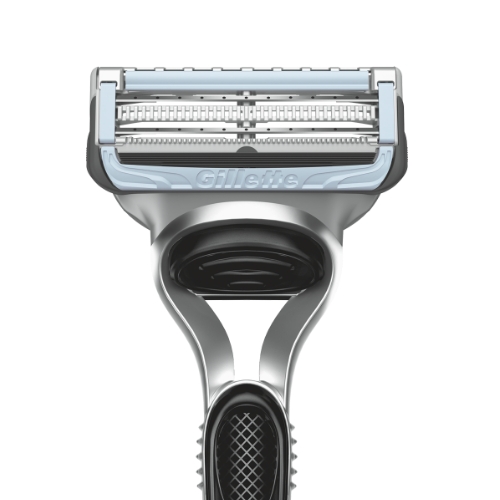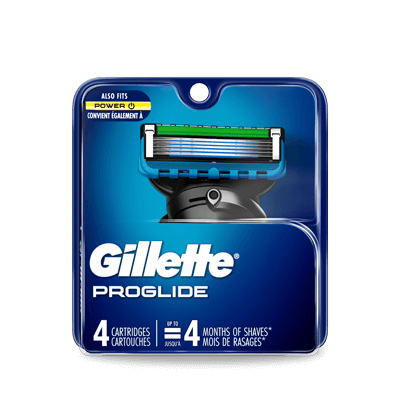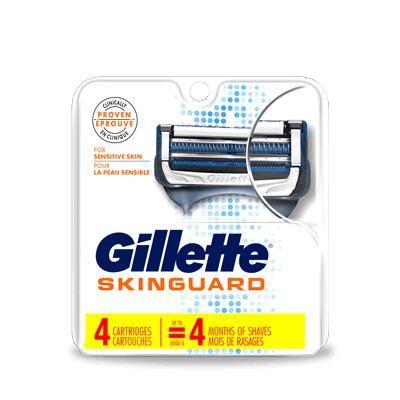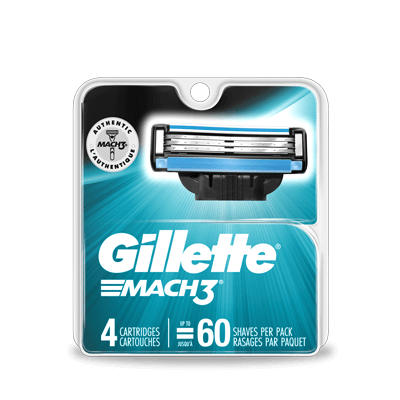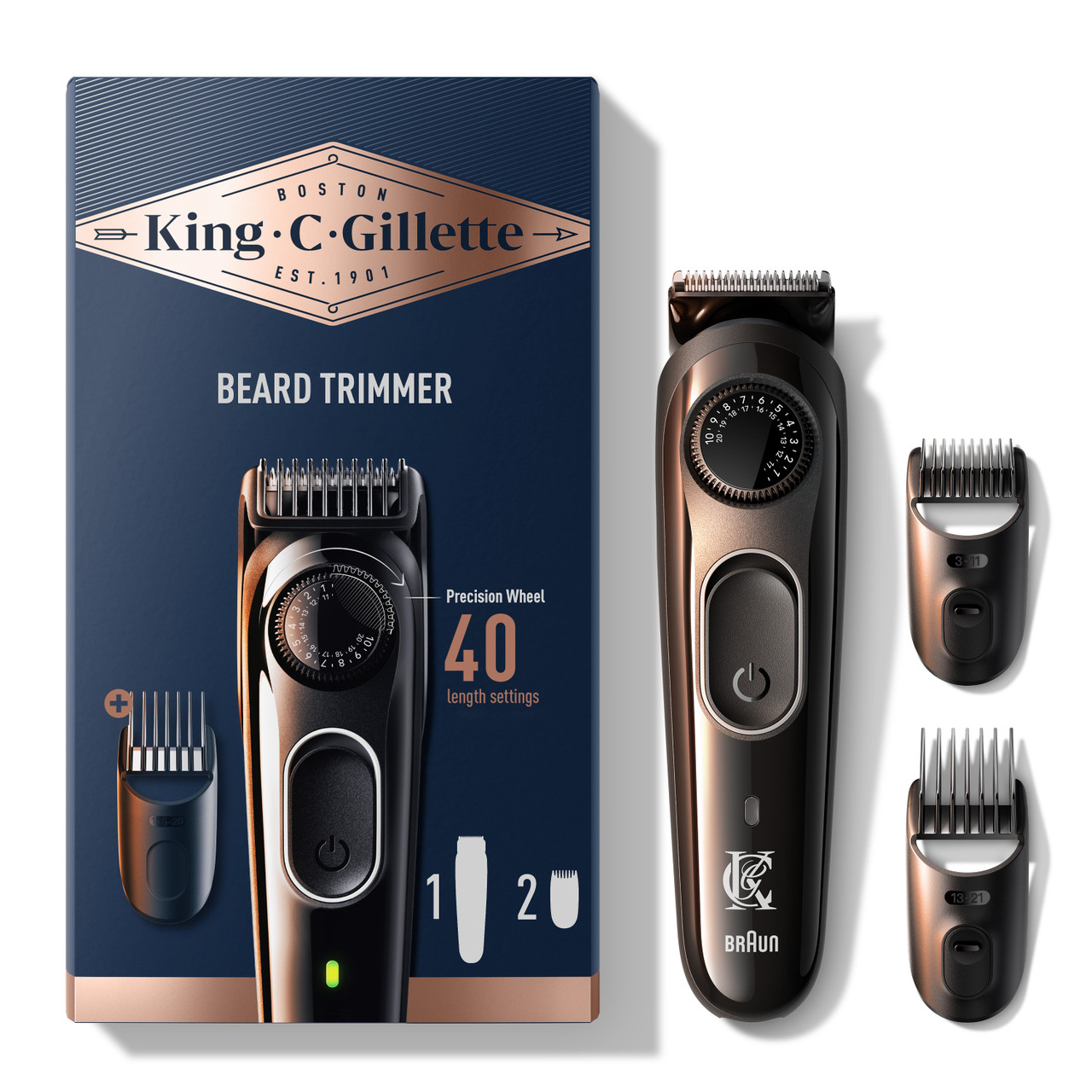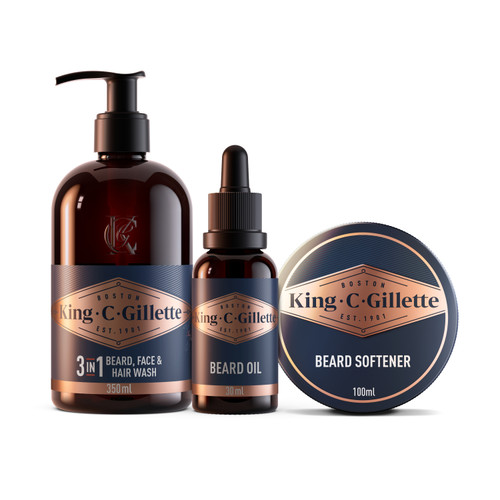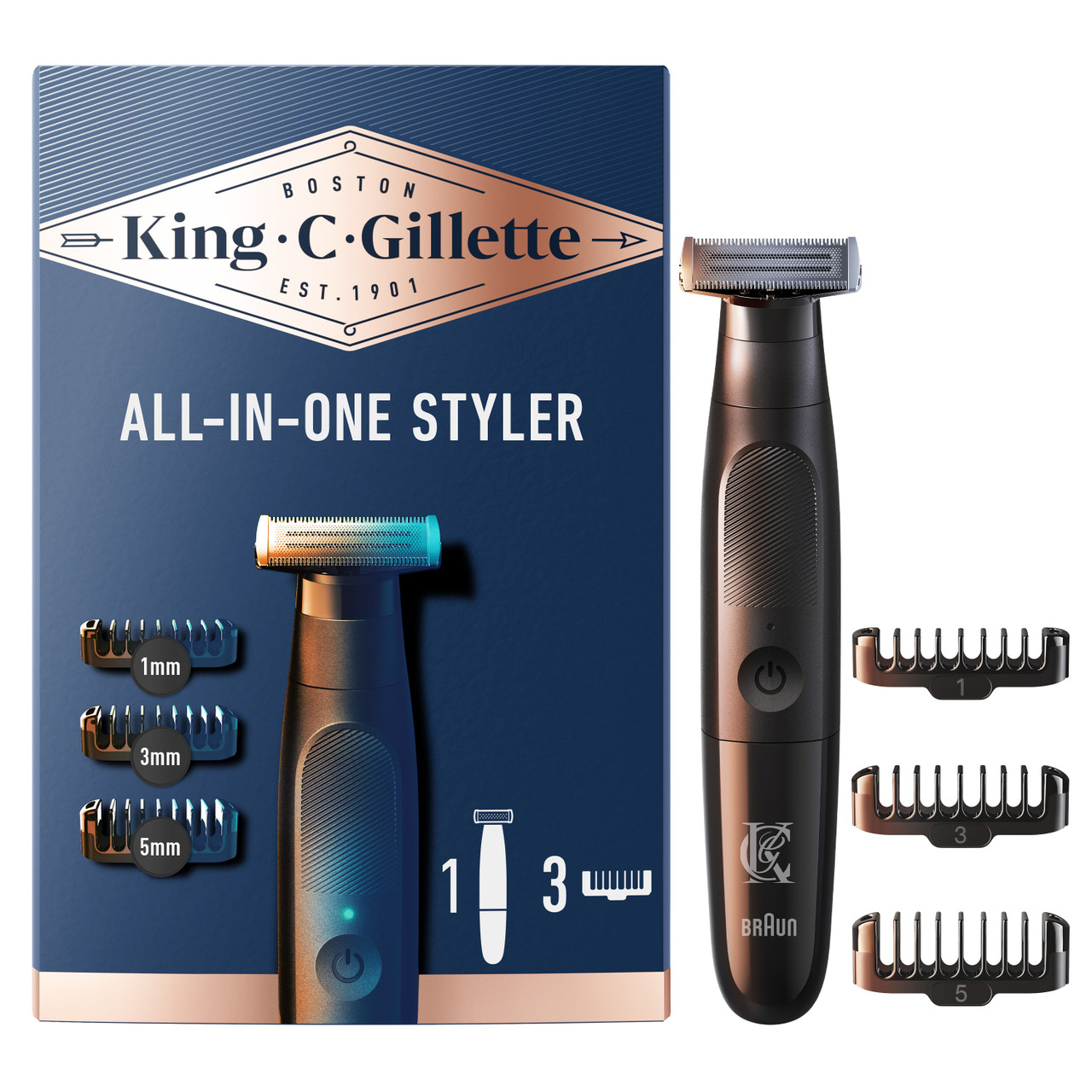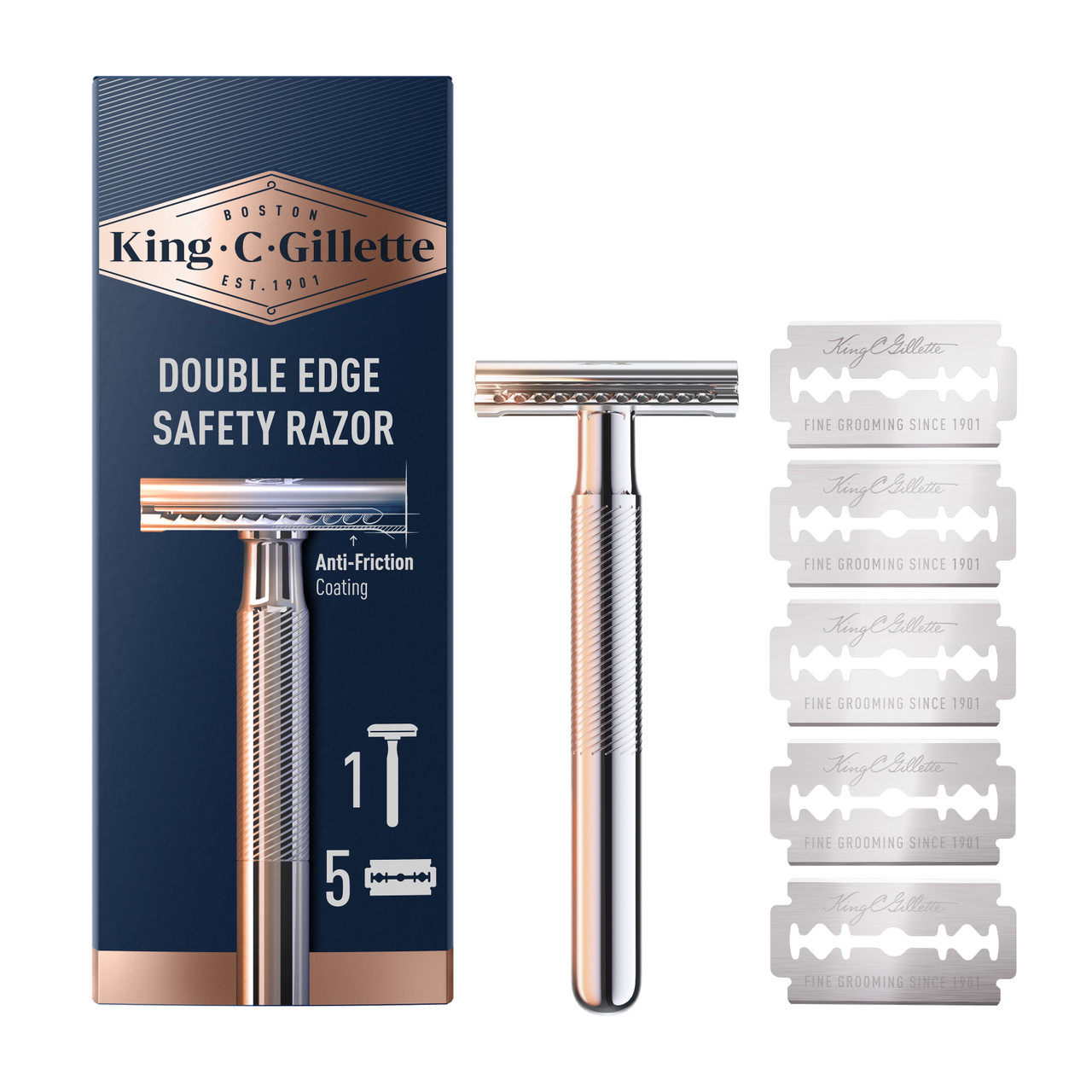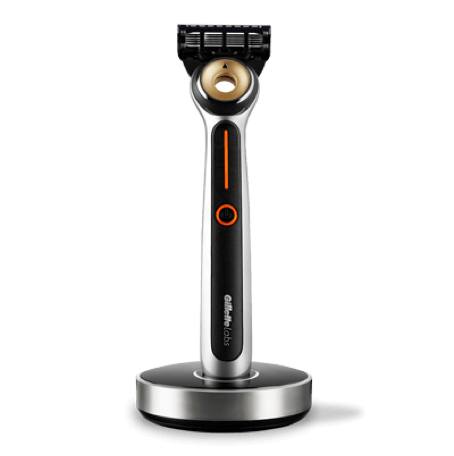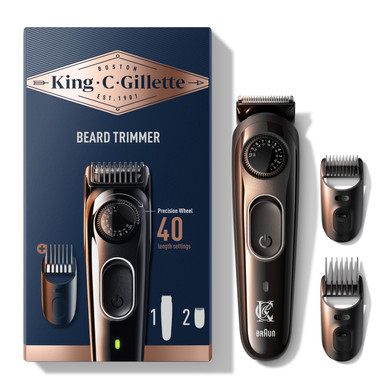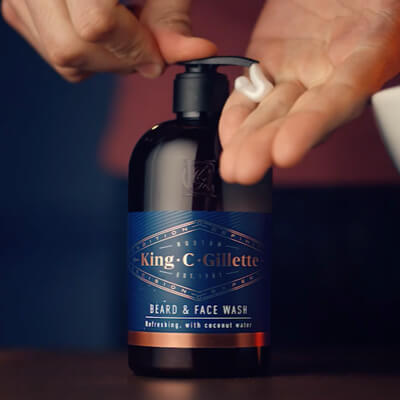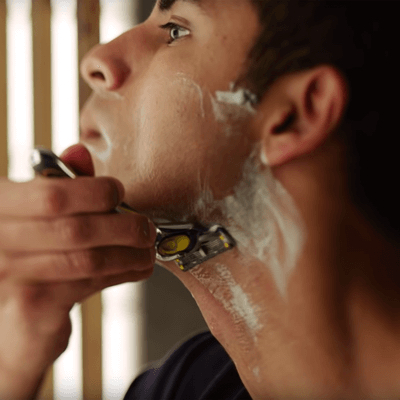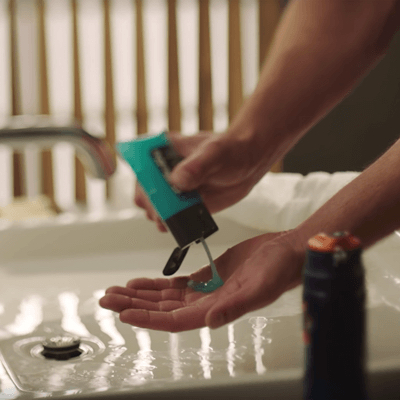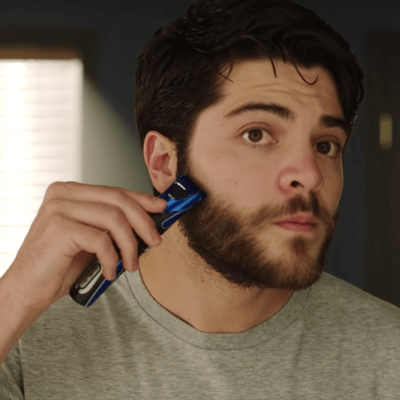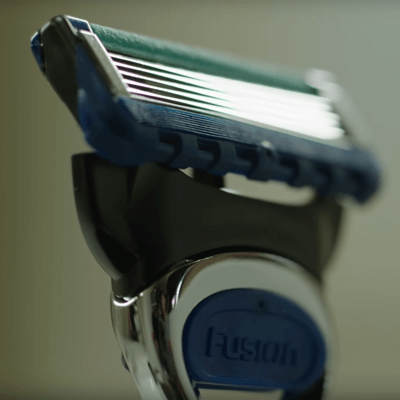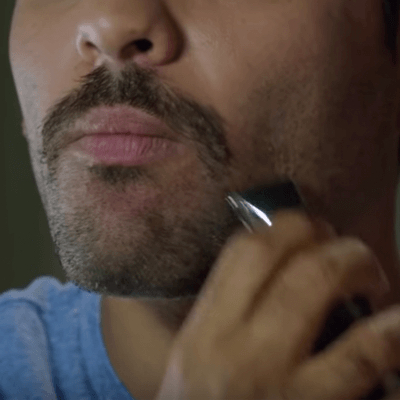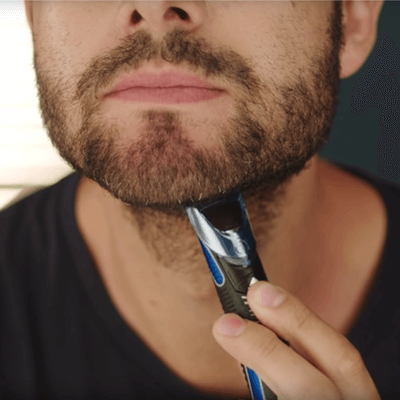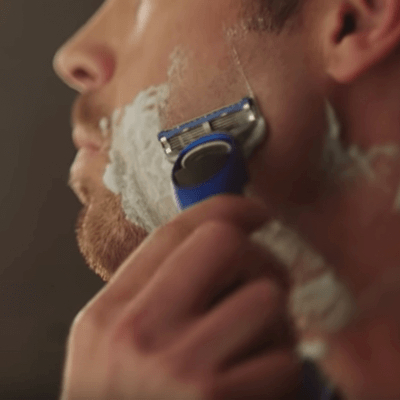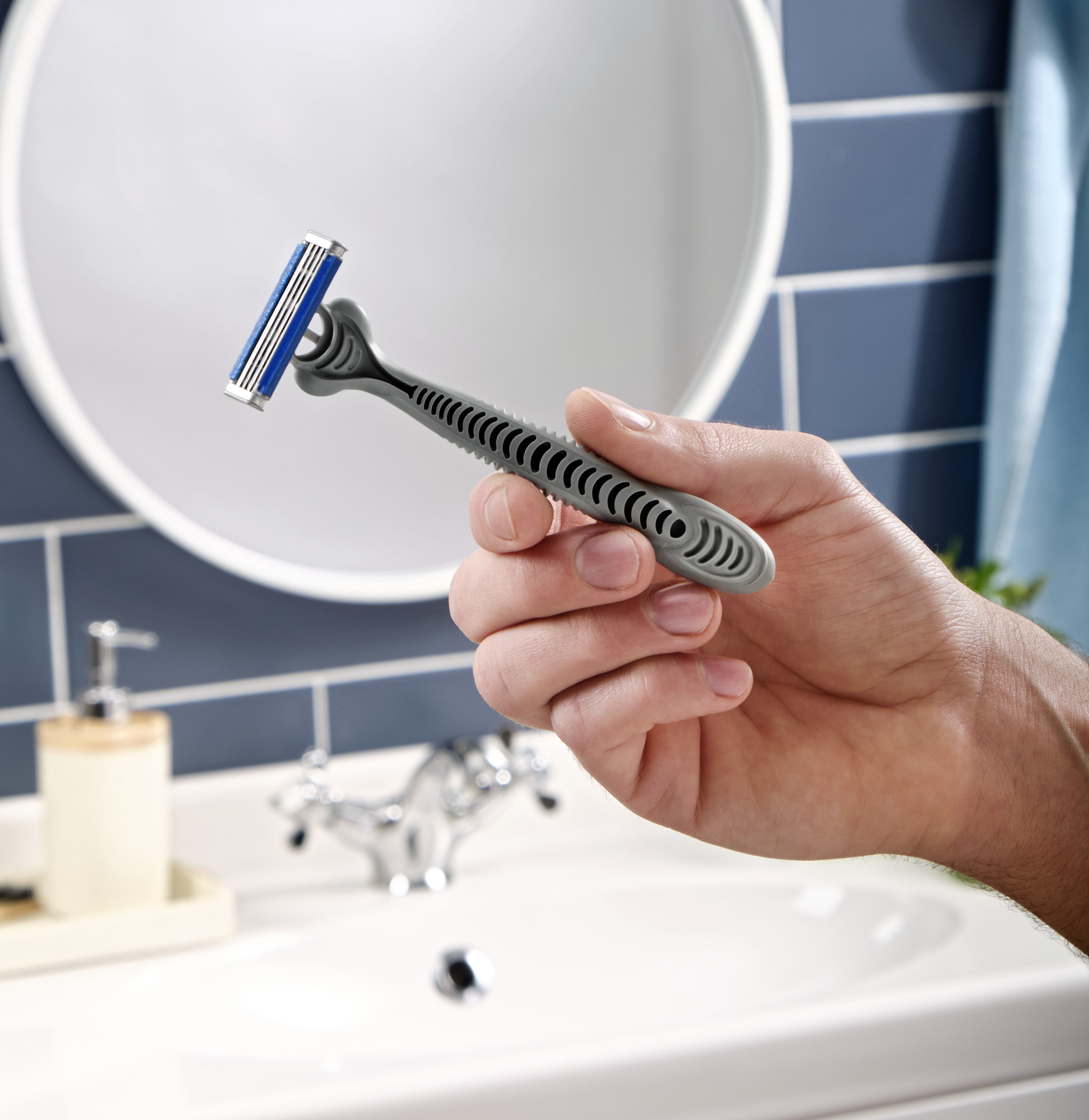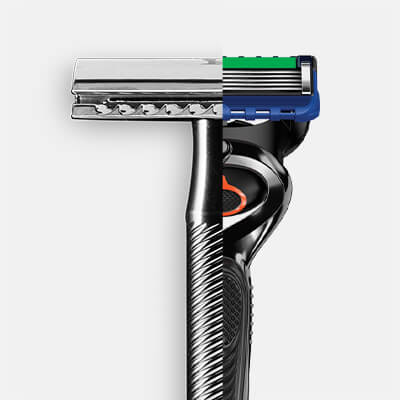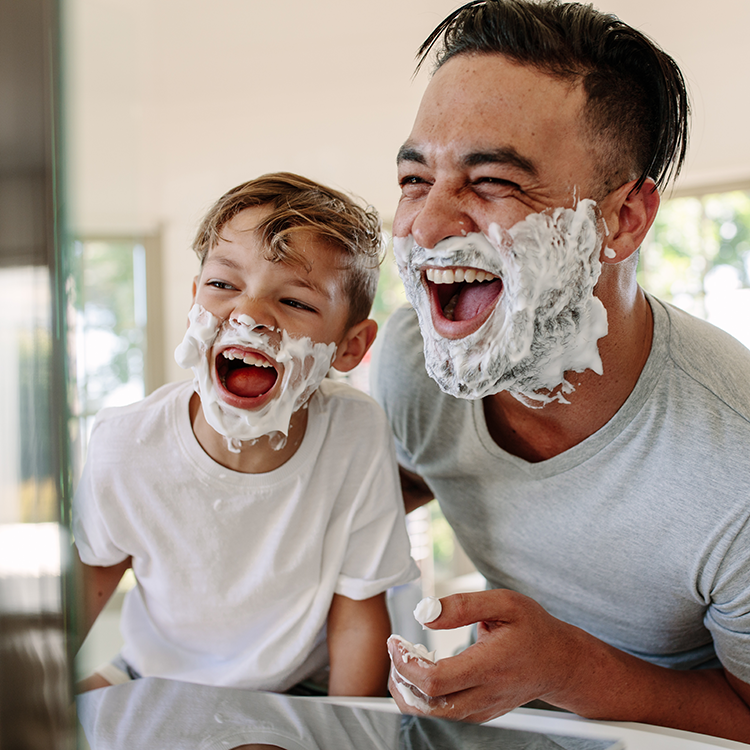HOW TO MANAGE RAZOR BUMPS & INGROWN HAIR
HOW TO MANAGE RAZOR BUMPS & INGROWN HAIR
PREVENT RAZOR BUMPS & INGROWN HAIRS
While many men can experience skin irritation after shaving, some men are likely to develop a chronic type of razor bumps called Pseudofolliculitis Barbae, or PFB. This condition results in bumps after shaving that can be painful. To manage razor bumps, Gillette® has the tips needed to help minimize irritation and get a comfortable shave.
For tips on managing non-PFB (razor bumps) irritation from shaving, see our article on razor burn and irritation.
Razor Bumps: Here's the Deal
Razor bumps and ingrown hair start with a genetic tendency toward extremely curly hair. The irregular shape of curly hair shafts and the curls themselves make hairs prone to pushing back into the surface of the skin as they regrow after being cut. This genetic factor makes ingrown hair and razor bumps very common in men of African or Indo-European descent. It is important to note that not all razor bumps are PFB, so if you believe you are experiencing this condition, a good first step is always to consult your dermatologist for diagnosis and management of ingrown hair symptoms.
In addition to genetic factors, there are a few things that can happen during shaving that make you more likely to have an outbreak of razor bumps. When the hair shaft is dry, it’s much harder for your razor to cut, leading to more tugging and pulling. Not only is this uncomfortable, but it also can cause the hair tips to be cut at an angle, making it even easier for the hair to penetrate back into the skin as it grows and increase your risk of a razor bump outbreak.
1. Cleanse: Set up for success.
Cleanse your skin with a gentle scrub and warm water, or use a shaving brush, before you shave. This step is crucial to removing dirt and oil from the surface of the skin, and releasing trapped hairs, allowing your razor to make proper contact with your skin and hair.
2. Hydrate: Soften to reduce tugs.
Moisten your face and use a shave cream to help hold the water on the hair. As your hair soaks up the water, it swells and softens, making it easier for your blades to cut.
3. Shave: Let the razor do the work.
Shave with gentle strokes, and let your razor do the heavy lifting. Shave regularly to avoid allowing the hair to grow long enough to re-enter the skin’s surface. Using a razor designed for shaving sensitive skin can help reduce the occurrence of razor bumps. Gillette SkinGuard razor is designed to stop irritation. It absorbs the pressure from the hand, smooths the skin, and raises the blades to minimize blade contact with sensitive skin.
4. Maintain: Restore the moisture.
Shaving can remove more than just hair—moisture can also be removed, leaving the skin dry, tight, and irritated. Use a moisturizing after shave product to help replenish moisture in your skin and facial hair after you shave.
Cleanse, hydrate, shave, and maintain—these four steps, combined with Gillette’s lineup of shave care products will give you the power to help manage your razor bumps.




